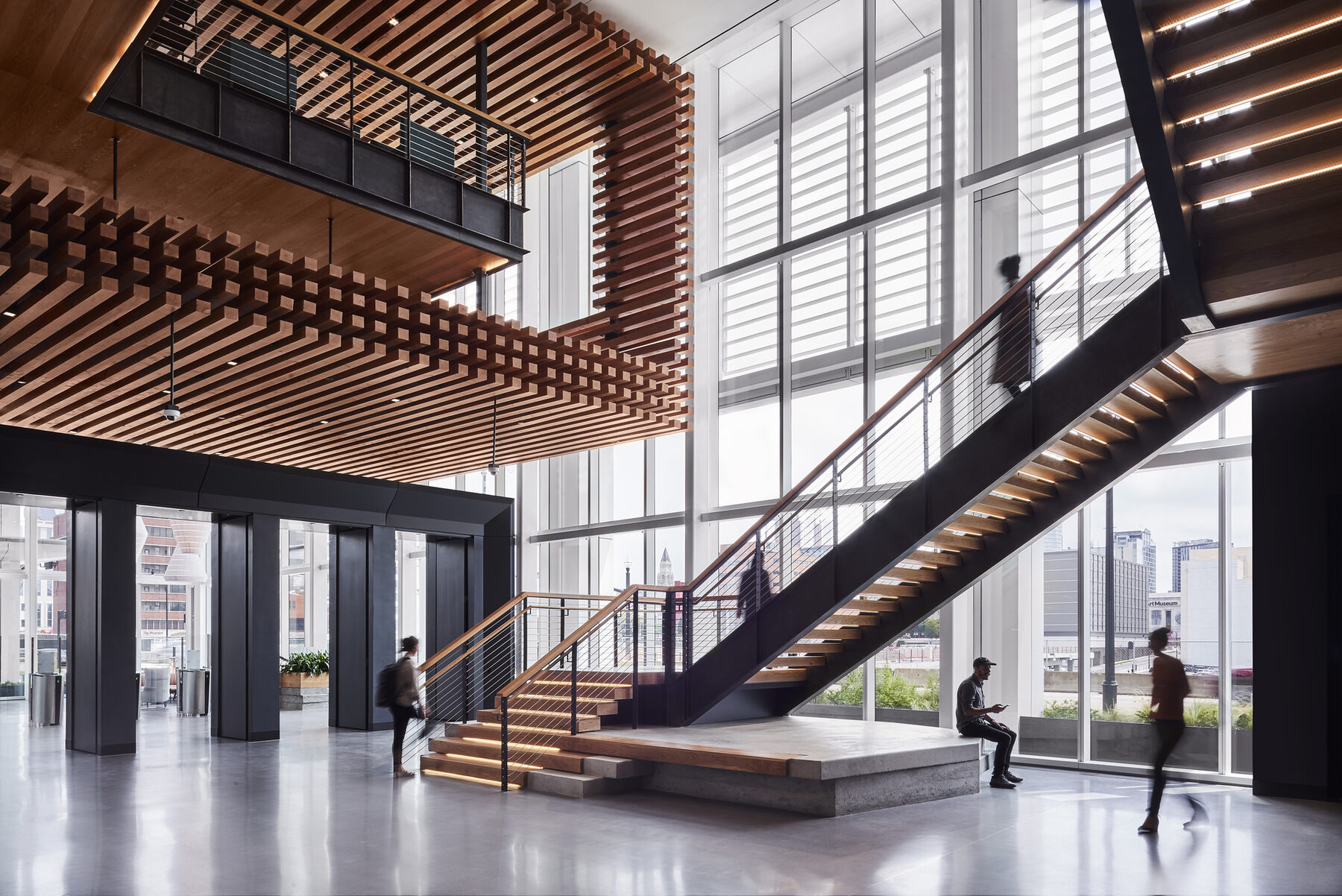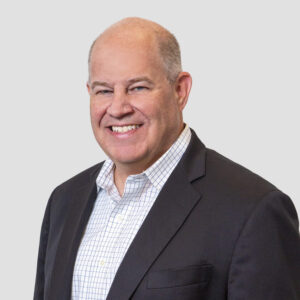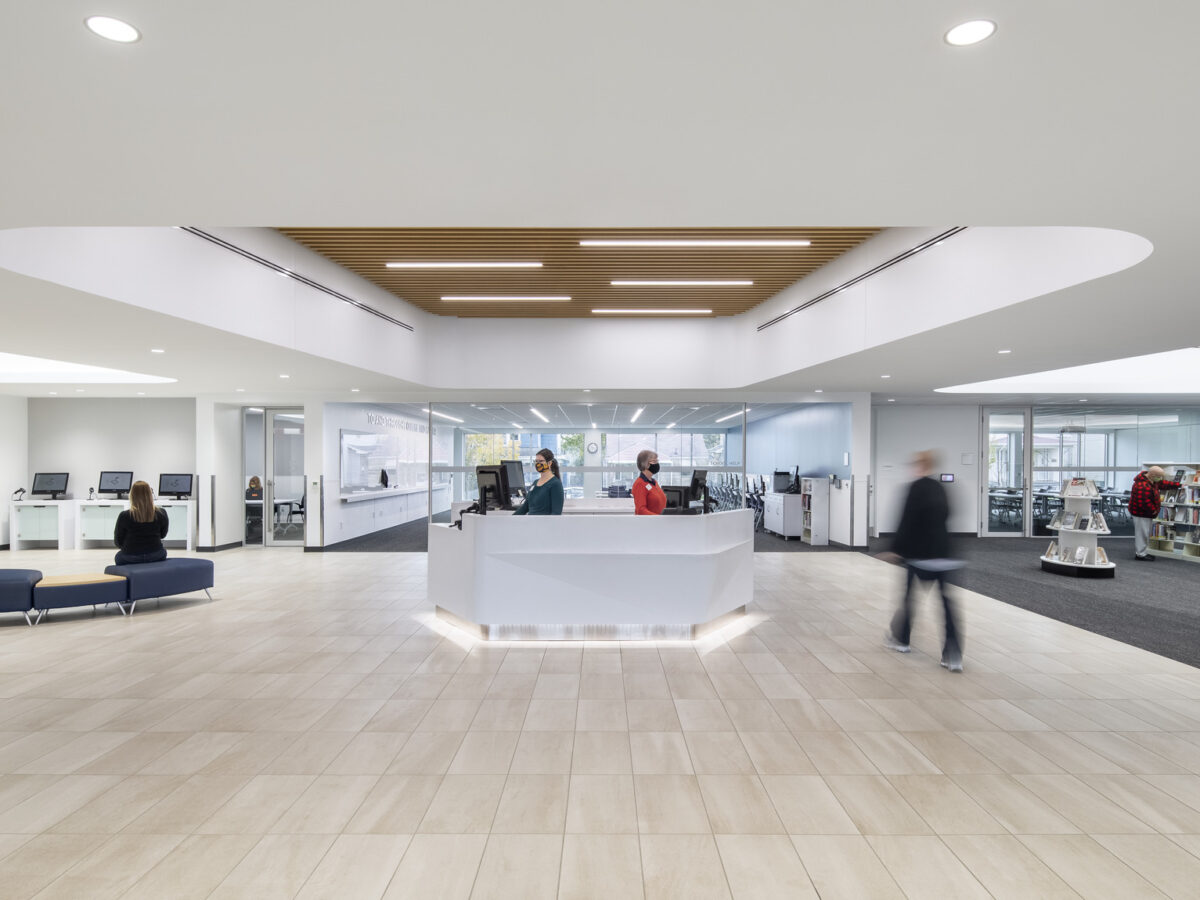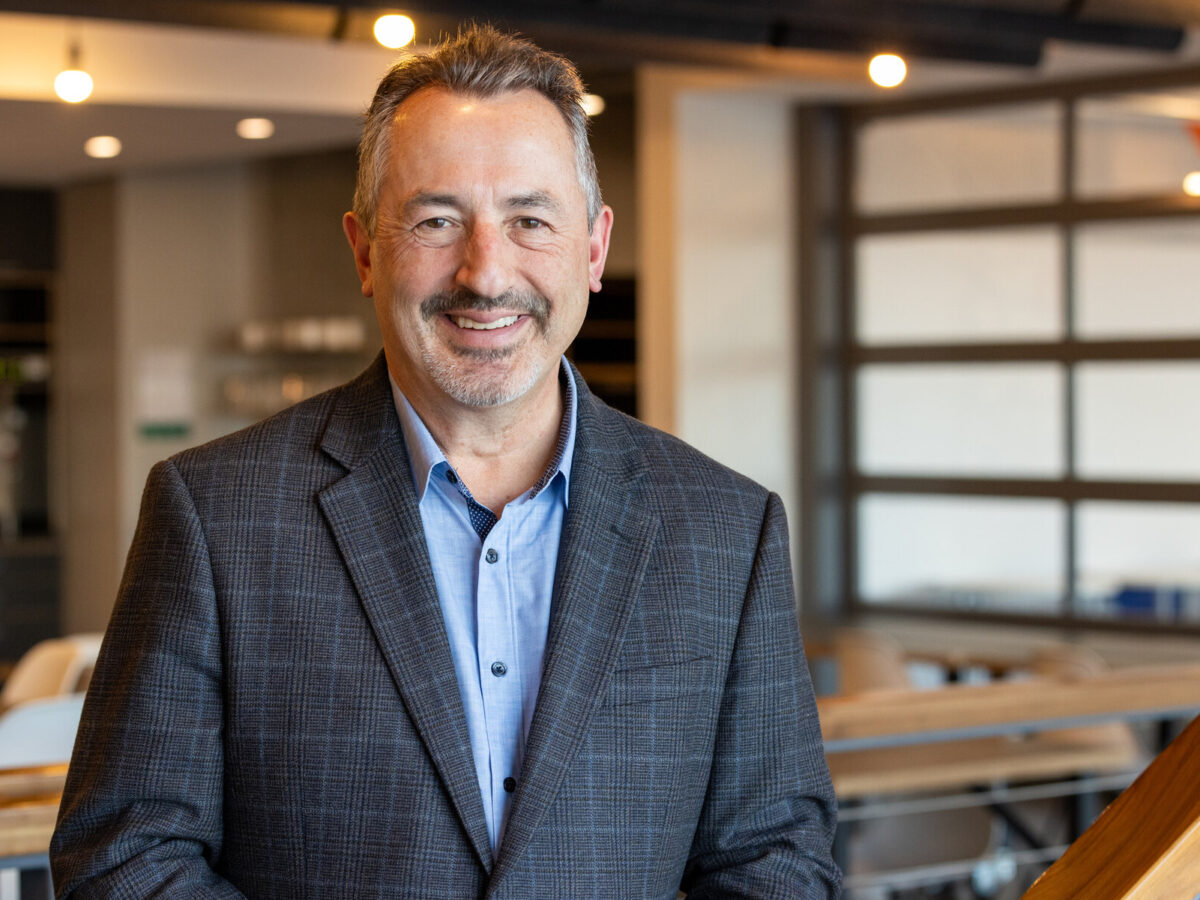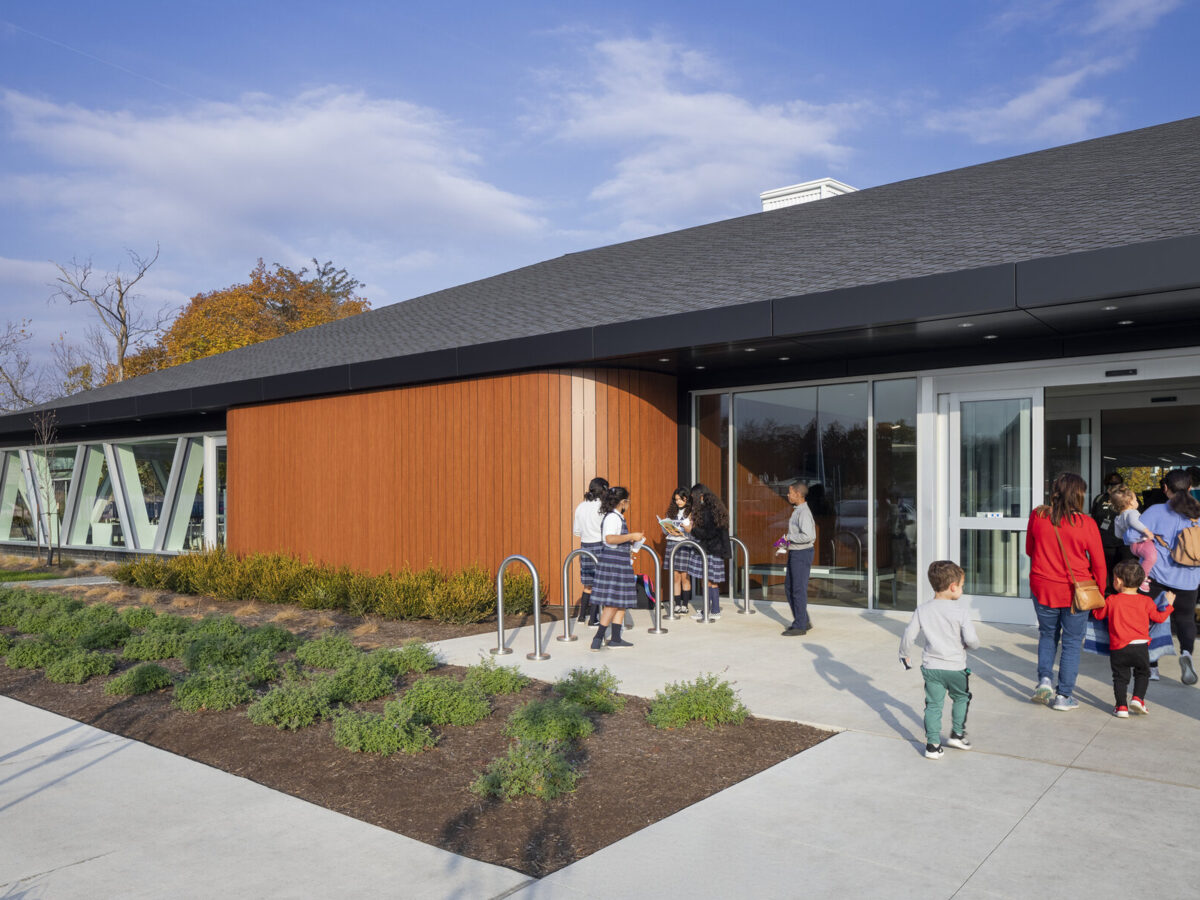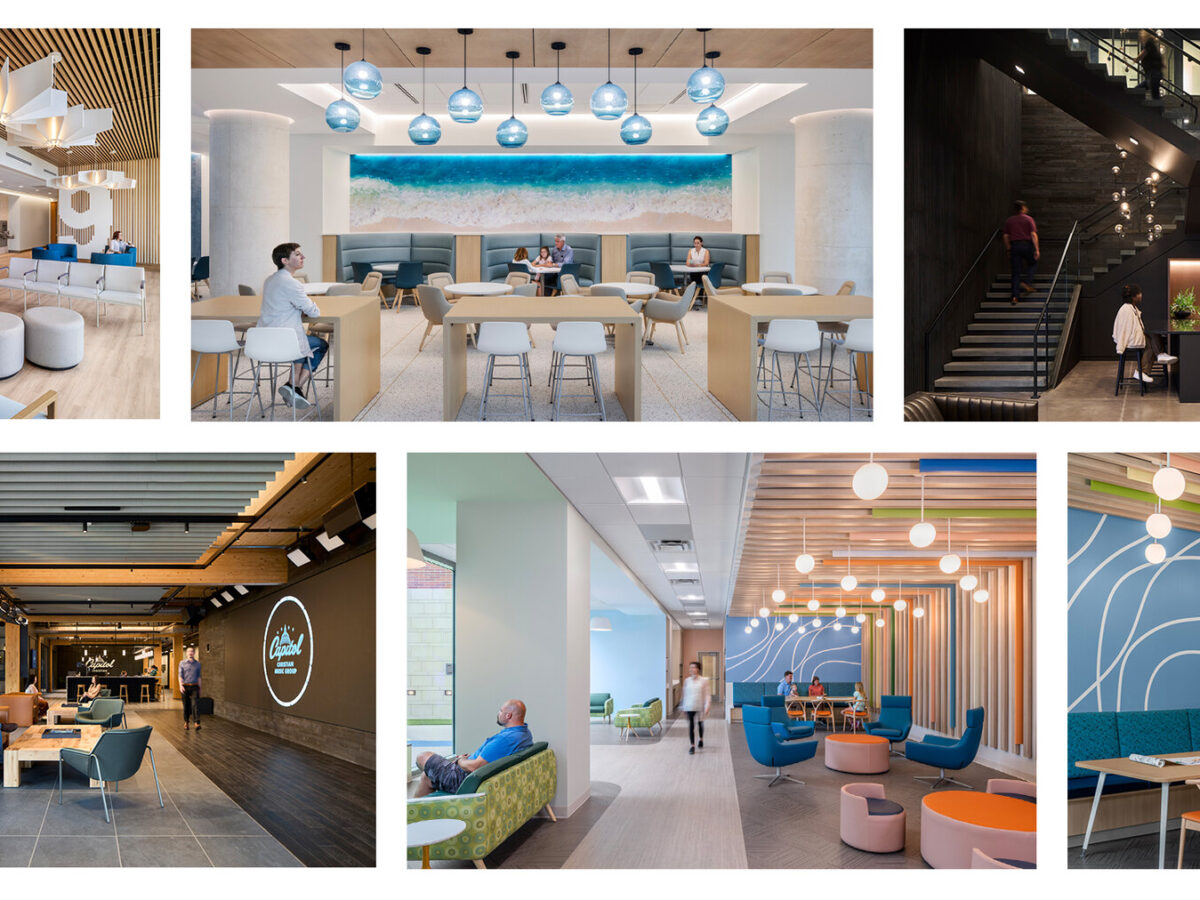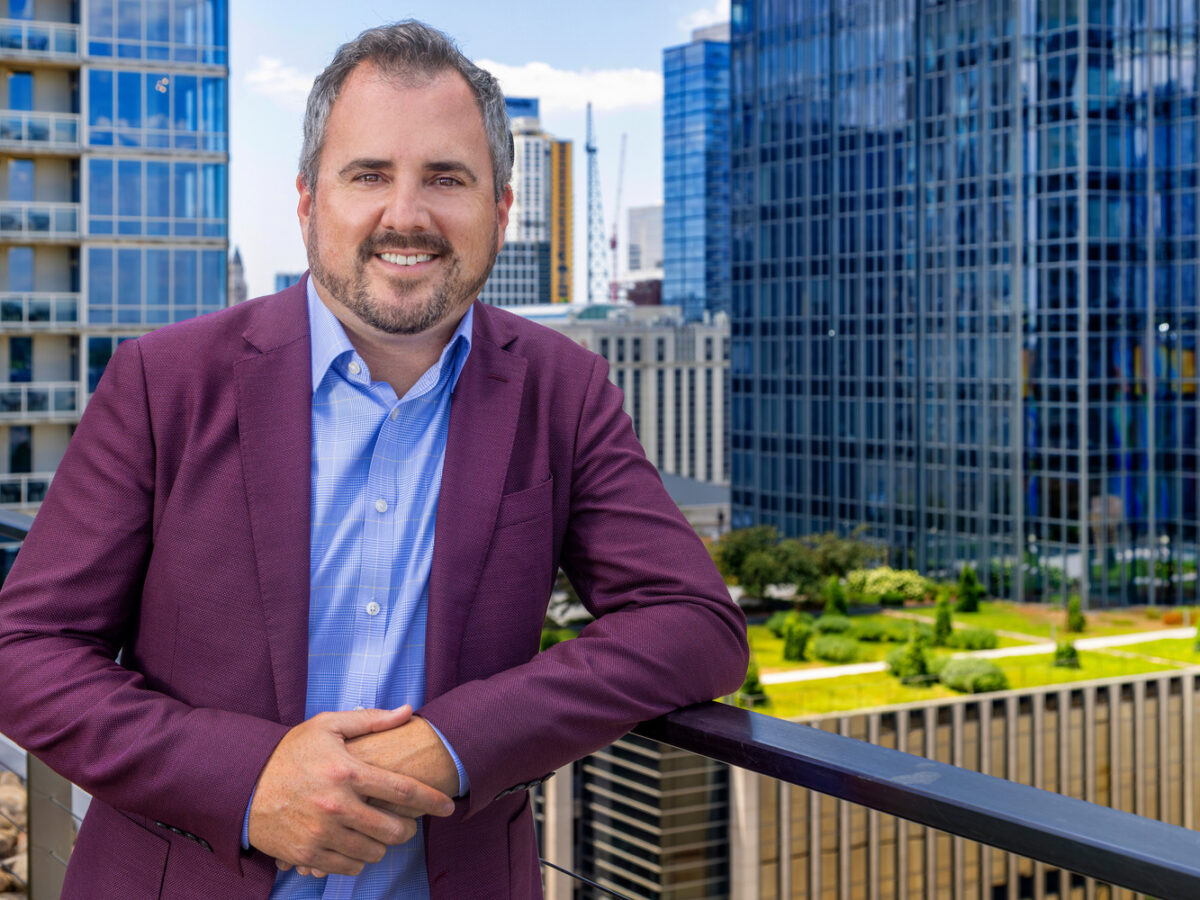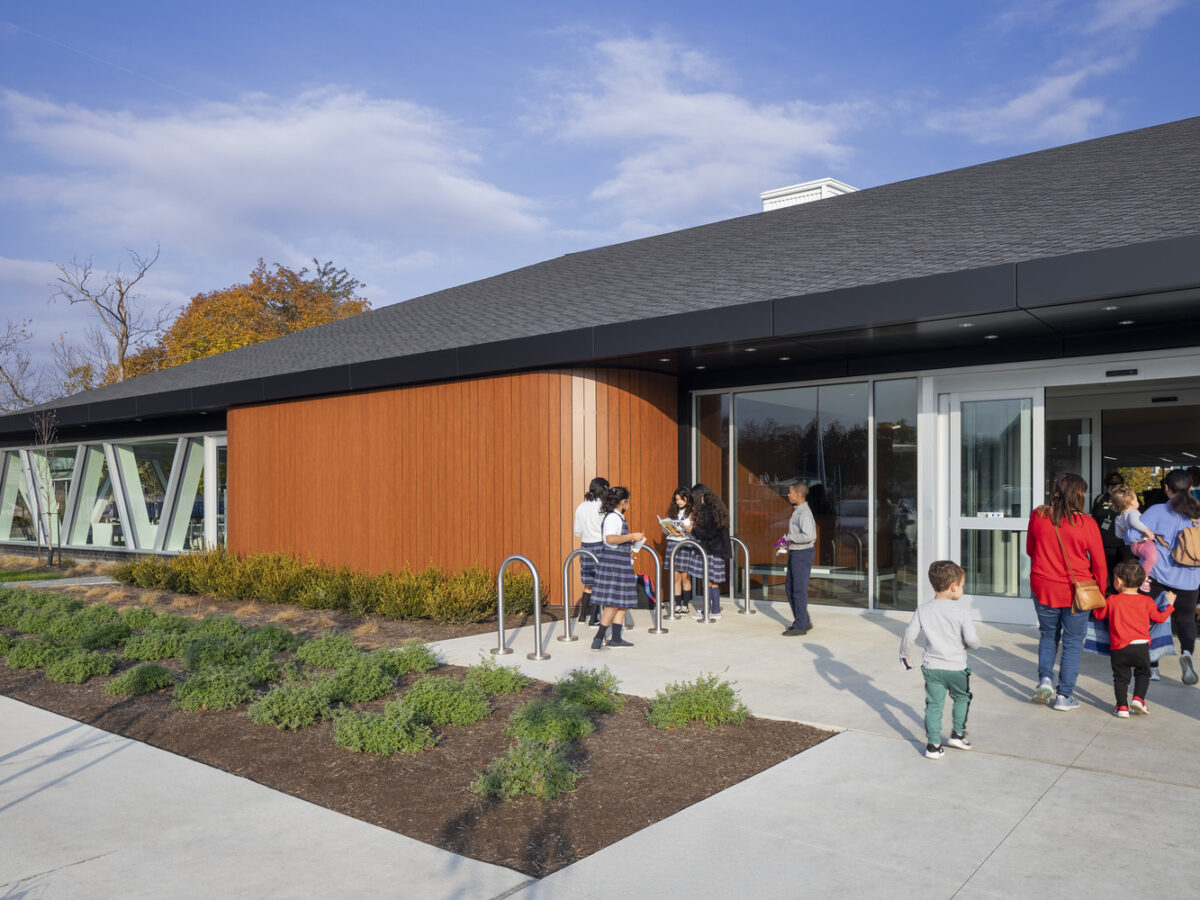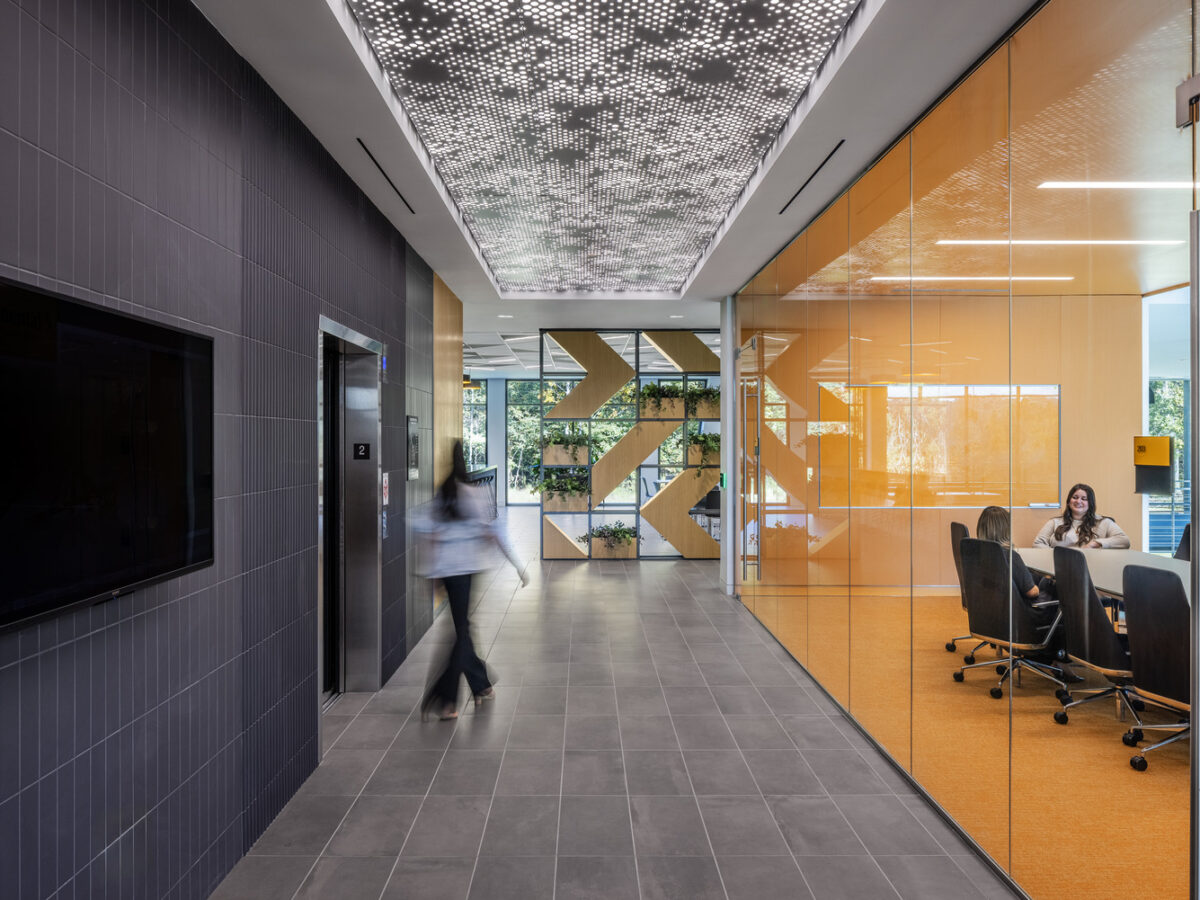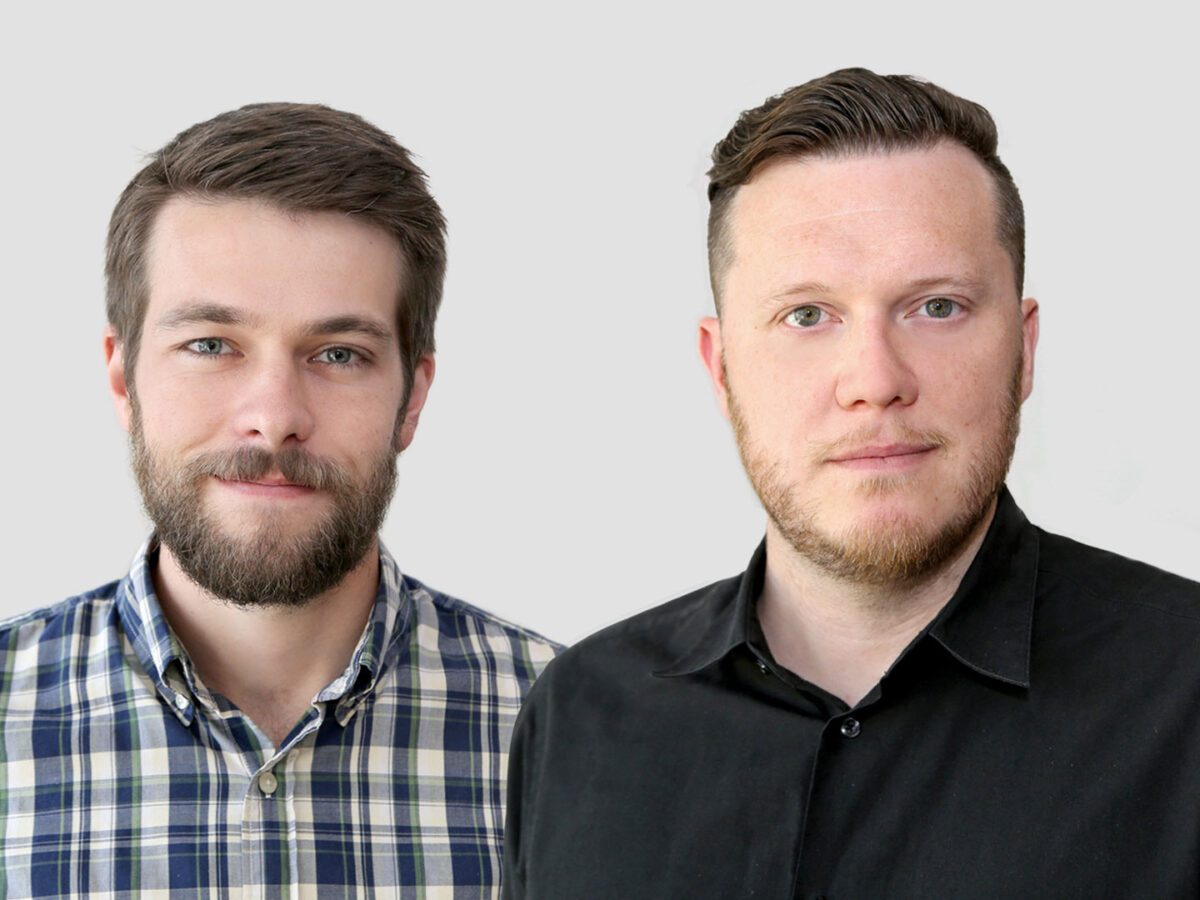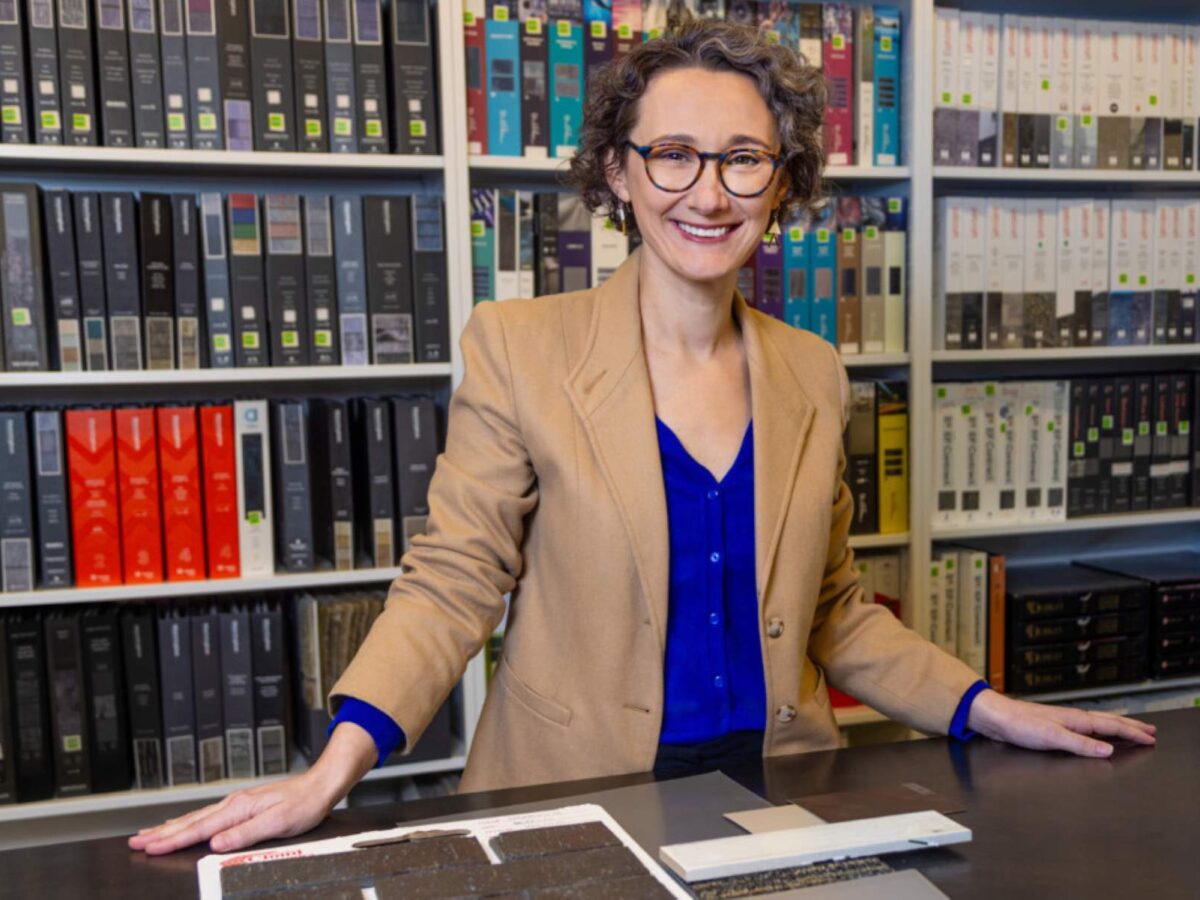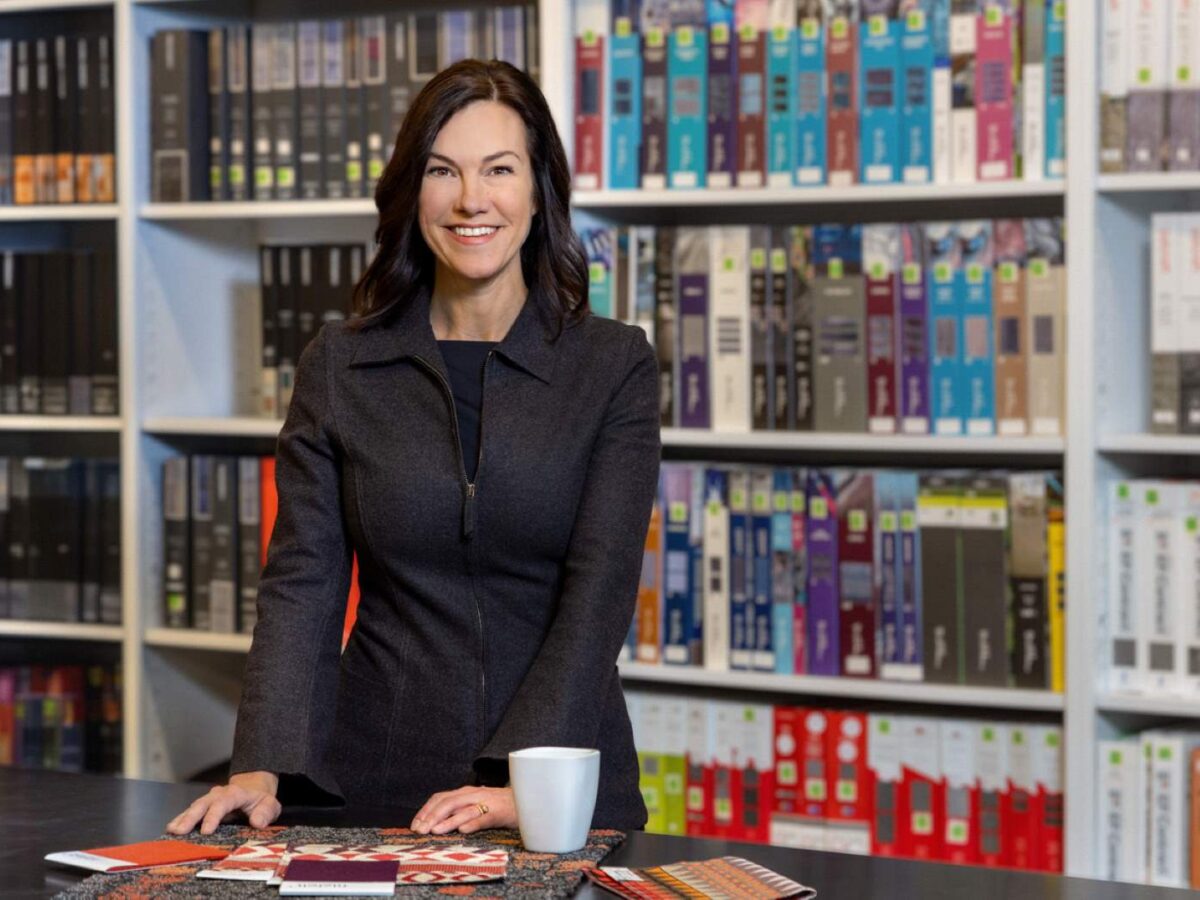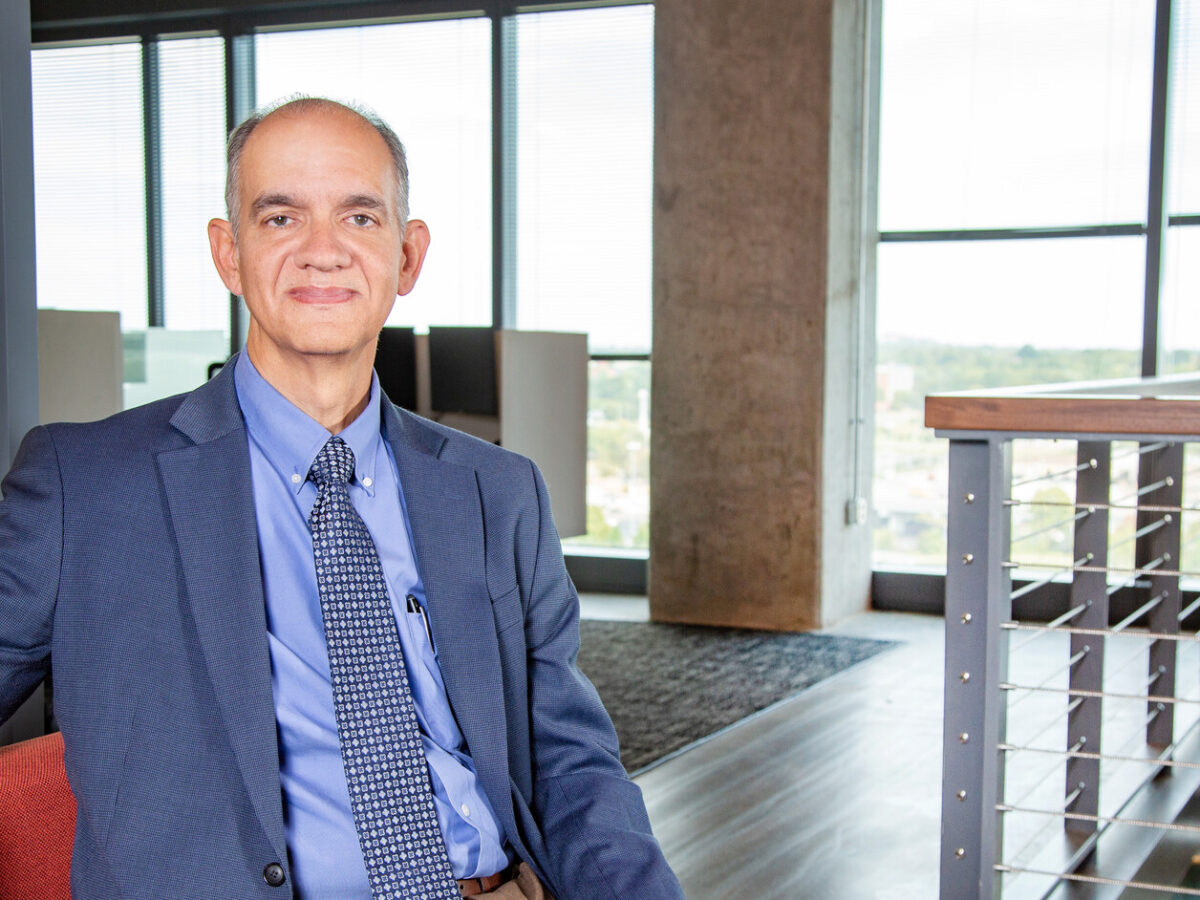In 2020, as the world was coming to grips with the reality of a global pandemic, people began to imagine what life might look like a few years down the road. A New York Times article from July of that year suggested that by 2022 the pandemic may have reshaped the world as much as World War II or the Great Depression.
Now we’re well into 2022 and exploring where we’ve been, where we are, and where we’re going, one thing is certain—the world has changed, and we have changed—especially how we work. The convergence of life and work, for example, has rapidly evolved from a continuous connectivity to the workplace from our homes to a workplace that is now competing with our homes as an amenity.
Since 2020, there has been a fundamental transformation in how we live, how we work, and how we interact with one another, and employees are now bringing their full selves to work—from wherever that may be. In acknowledgment of this paradigm shift, Gresham Smith has reimagined its Corporate + Urban Design Studio, renaming it Life and Work Places.
We recently asked the market’s Executive Vice President Don Reynolds to give us some insight into the thought process behind the new name and what it means for Gresham Smith and our clients.
How did the name Life and Work Places come about and how does it more fully communicate who we are and what we do?
Don Reynolds: Our design studio has grown tremendously in a short period of time, delivering increasingly diverse and complex projects. The commonality among these projects has been creative placemaking at varying scales that has brought people in our communities together, bringing places to life. Places for living—including housing, student life, civic life and cultural life as we move into higher education—are aggregated within the “Life” component of our new name, with equitably enhancing each individual’s quality of life within their community at the heart of our overarching mission.
The commerce our firm enables through our mixed-use and workplace practices is distilled in “Work,” and also encompasses our curiosity to partner with our clients to discover their unique work “Places.”
We’ve incorporated work place as two separate words, meaning a place that you work—whether it’s in the office, virtually from your home, or maybe even in the park. There’s been a huge life-work paradigm shift over the past few years, and we’ve all had to reimagine the way we live and work. Life and Work Places embraces this lifestyle transformation.
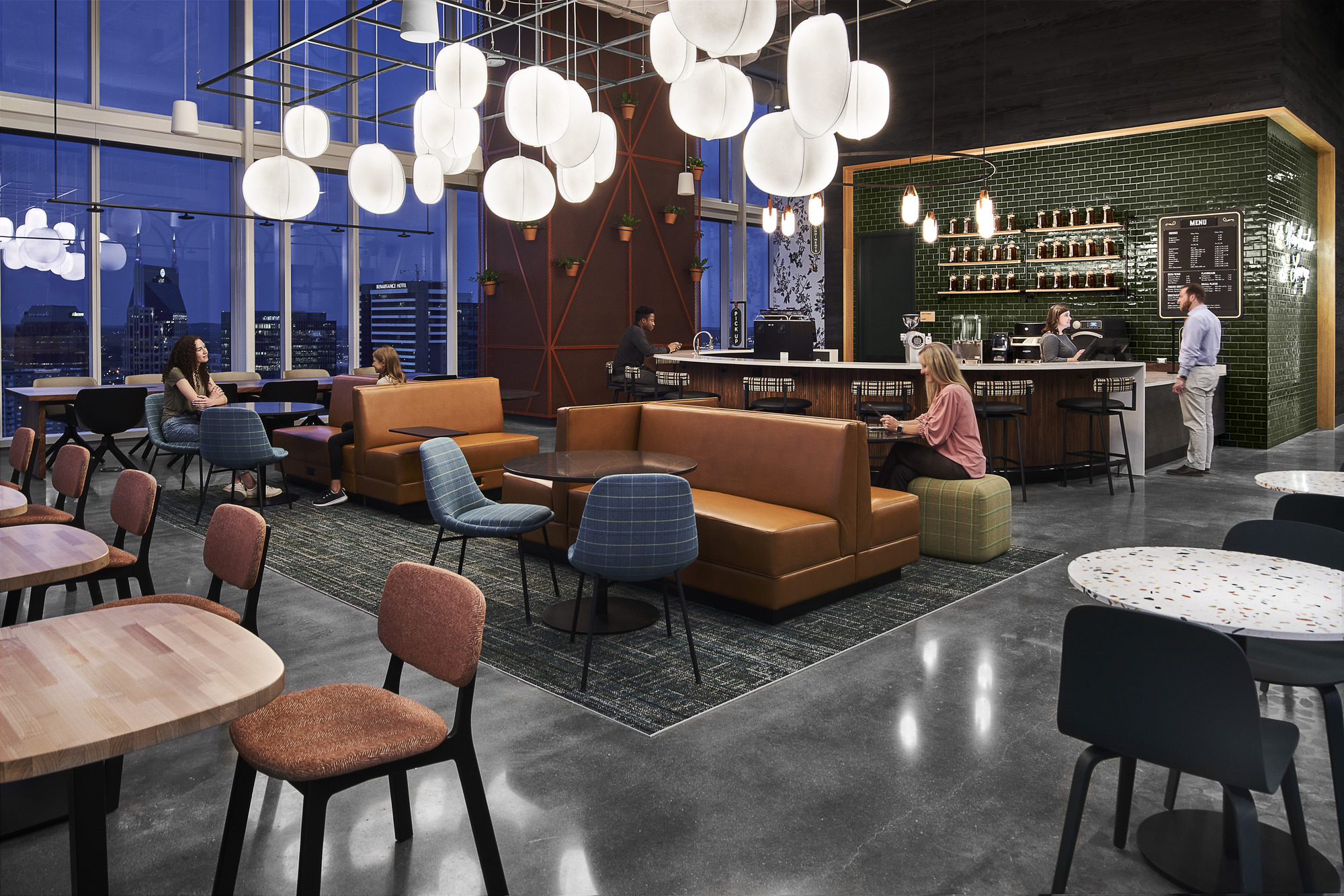
Tell us about the rebrand process that led to our new name.
Don: It’s been a fascinating journey. It started organically and internally about a year ago with a core group of market leaders and was augmented by the expertise of an outside consultant who helped us dial in on what we do as well as what we aspire to do. We looked at the two sides of lifestyle, which is that all-important work-life balance—your work life and your life outside of work. And for so long, those were two separate and distinct things. Now, our lives are more intertwined with our work, and our work is more intertwined with our lives.
We’re acknowledging that with our new name and relating it to our market’s practice areas, which are Mixed-Use Development; Workplace; Residential and Hospitality; and now, Education and Research. Ultimately, we landed on a new name that not only better communicates everything we’re currently doing in our market, but also holds a place for everything we want to do as we expand our services to support our clients.
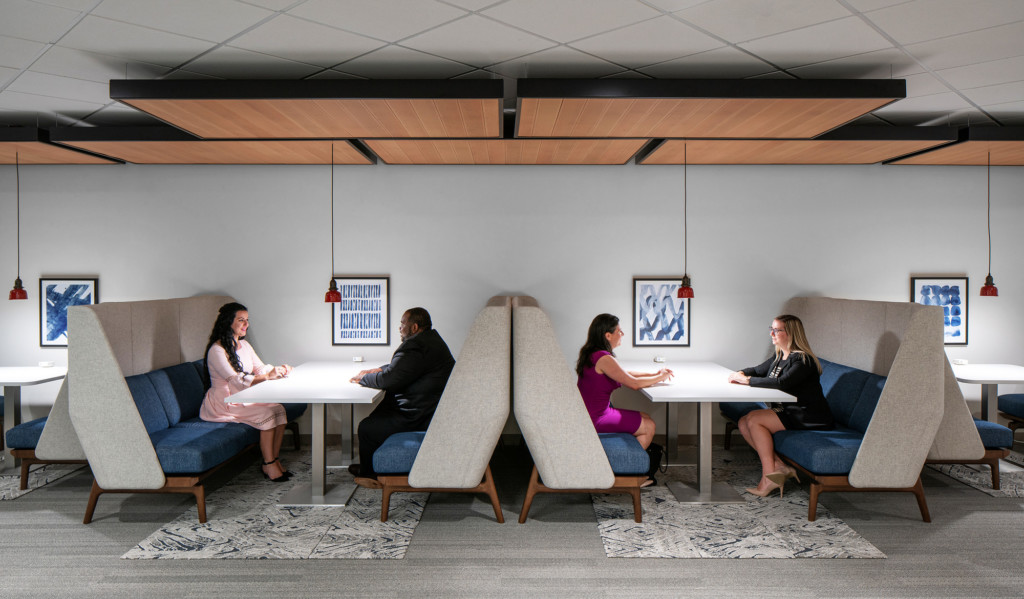
What does this societal life-work paradigm shift mean for Gresham Smith, and where do we see opportunities in all of this?
Don: Every individual and business entity is thinking about their new paradigm and searching for a unique solution, which will be far more nuanced and bespoke than the workplace environment as we knew it prior to 2020. Through observations and conclusions made in our own workplace environments at Gresham Smith, our designers are essentially walking this journey with our clients and helping them understand their real estate needs and footprint.
As we’re evolving our services, we’re trying to figure out the answers to the “big driver questions” that have been spurred by this life-work paradigm shift—questions that touch on connectivity, collaboration, flexibility, hybrid vs. remote, remote vs. in-office, and so on. And we’re fortunate that we have the unique opportunity of using our own office real estate as a “living lab.”
I think it’s important to note that workplace trends are no longer aligned with a single industry, and decisions are largely driven by company culture. For example, Google, Apple and Facebook each have different beliefs about the impact of remote versus in-person work that aligns with their respective cultures.
One thing that remains consistent across all corporations is they have to give employees a reason to come back. We have to earn their commute. People’s expectations of the workplace are evolving, and employees who give up the convenience of working from home are increasingly seeking a more hospitality-centric experience in the workplace.
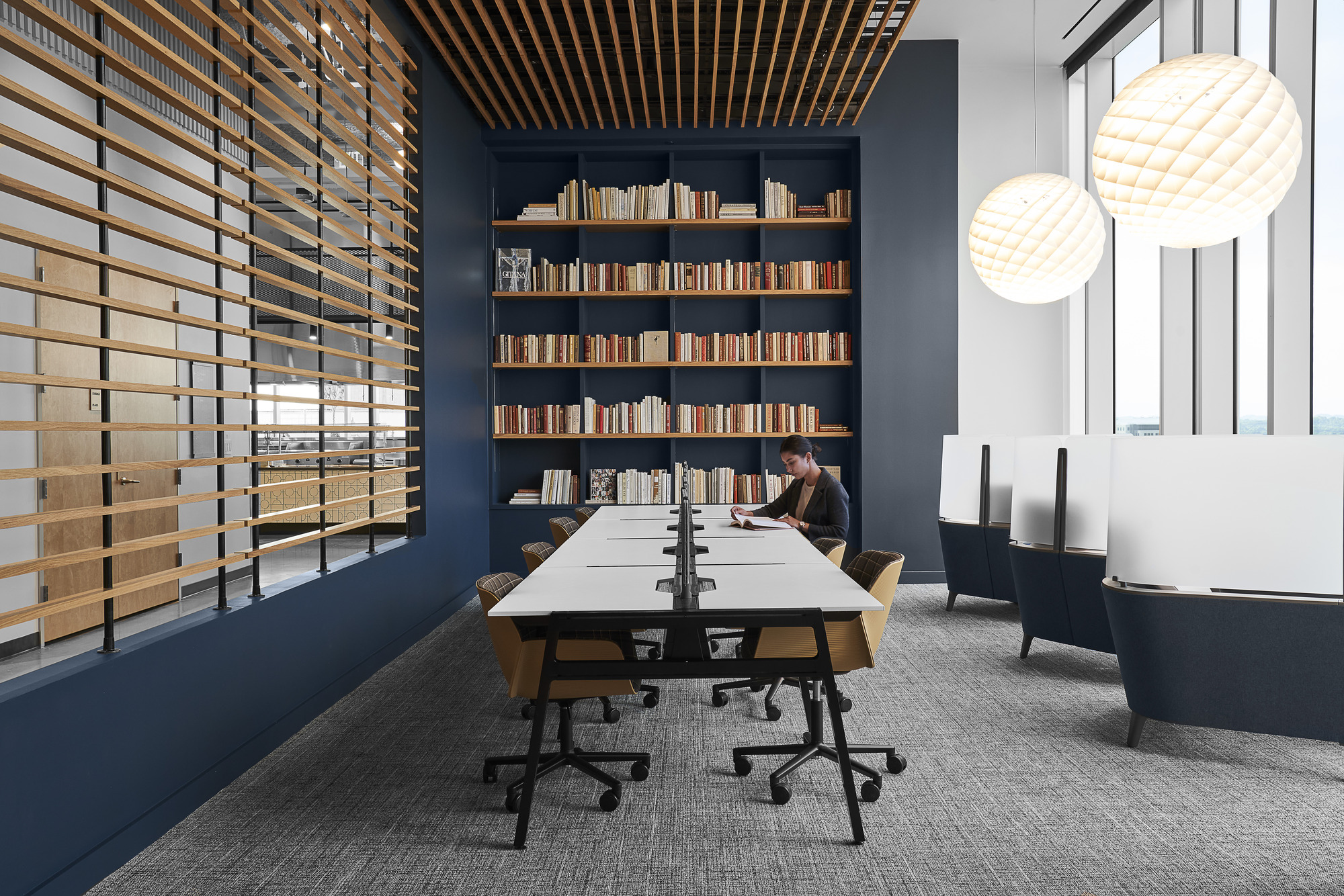
One of the questions we ask ourselves at Gresham Smith is: What can the office provide that home can’t? And we’ve found that it really comes down to three key things: a connection to people, a great company culture and brand, and an inspiring, energized workplace with a diversity of spaces.
We recently had the opportunity to provide several of those elements for a leading global technology company in their new 550,000-square-foot office tower in downtown Nashville. Throughout each of the building’s 20 stories, employees can choose their work environment. For example, on Monday, they can work in a library. On Tuesday, they can work from a lounge. And maybe at the end of the week, they can work outside on the terrace. One of the upsides of this work-life paradigm shift is that it’s engendered a diversity and a richness of spaces in the workplace and some wonderful indoor/outdoor design opportunities.
While rethinking the new role of the workplace, we’re also placing a focus on equity within engagement so that employees working from home have the same experience as their in-office counterparts. We’re currently exploring connectivity and how to level the playing field so that virtual interactions are a richer experience for our employees.
To optimize remote work and bring an equality to the engagement around communication, we see great opportunity in enhancing the way we engage our Environmental Graphic Design/Branded Environments group, which is being reimagined as Experiential Design, with the technical overlay to bring our environments to life—regardless of where people are collaborating from.
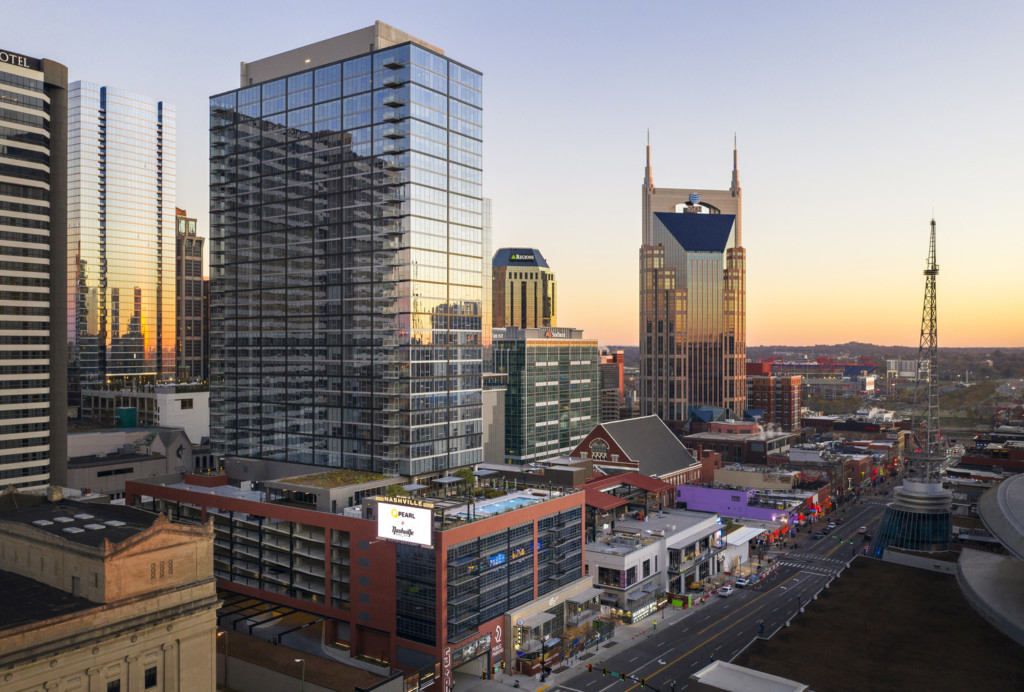
Is the work we’re doing in this market changing?
Don: Although the work we’re doing will generally remain the same, we’re working with our clients at a higher engagement level to understand what constitutes their optimal environment—that unique blend of spaces and places that are markedly different from what they envisioned just two-and-a-half years ago. And it requires a more tailored design solution at every scale to effectively respond to the end-users’ evolving lifestyle choices.
Though we’ve established ourselves as leaders in mixed-use environments, our market is changing in the sense that we’re taking on even bigger and bolder projects, including more complex, vertically integrated, district-scale developments as evidenced by our work on Fifth + Broadway and Nashville Yards.
At the end of the day, we’re extremely passionate about enhancing our communities through the beauty of thoughtful design. And we’re ever-mindful of the connectivity we can make within our communities—for example, how we can enhance the pedestrian experience beyond our sight boundaries by the way we place buildings and create spaces within those boundaries.
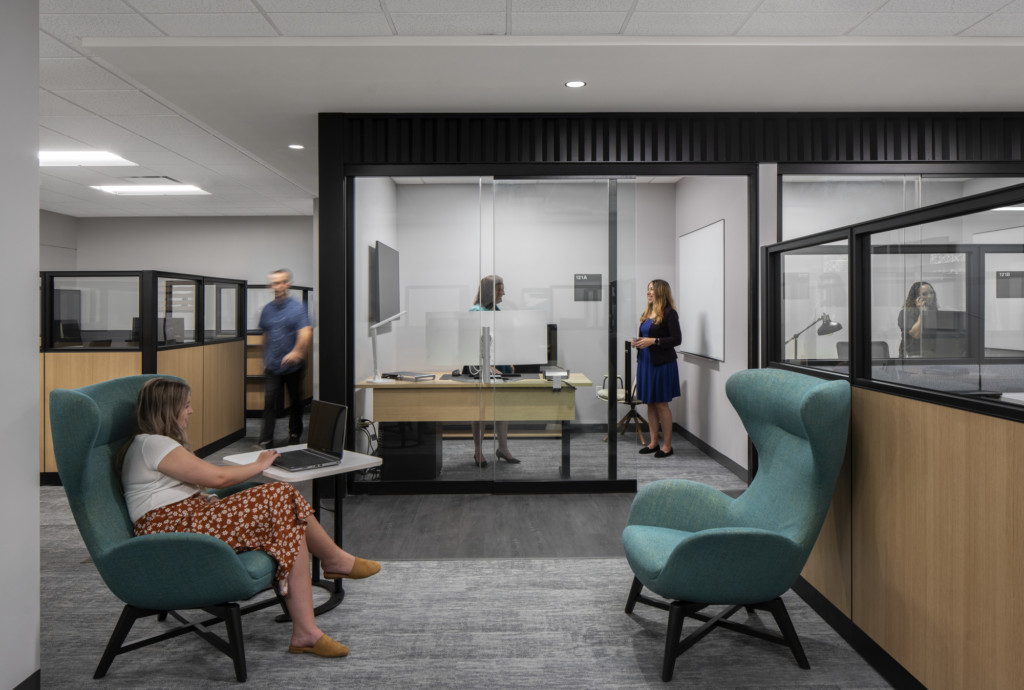
What’s next for Life and Work Places?
Don: Our work in creating dynamic, mixed-use, residential and workplace environments is now complemented by a new practice area, Education and Research. The discipline is dedicated to designing memorable spaces for student life, which comprises all things related to education and research, including institutions of higher learning like the University of South Florida and Virginia Commonwealth University, where we have multiple active projects. We’re also exploring less traditional engagements like innovation centers and incubators as they relate to higher education.
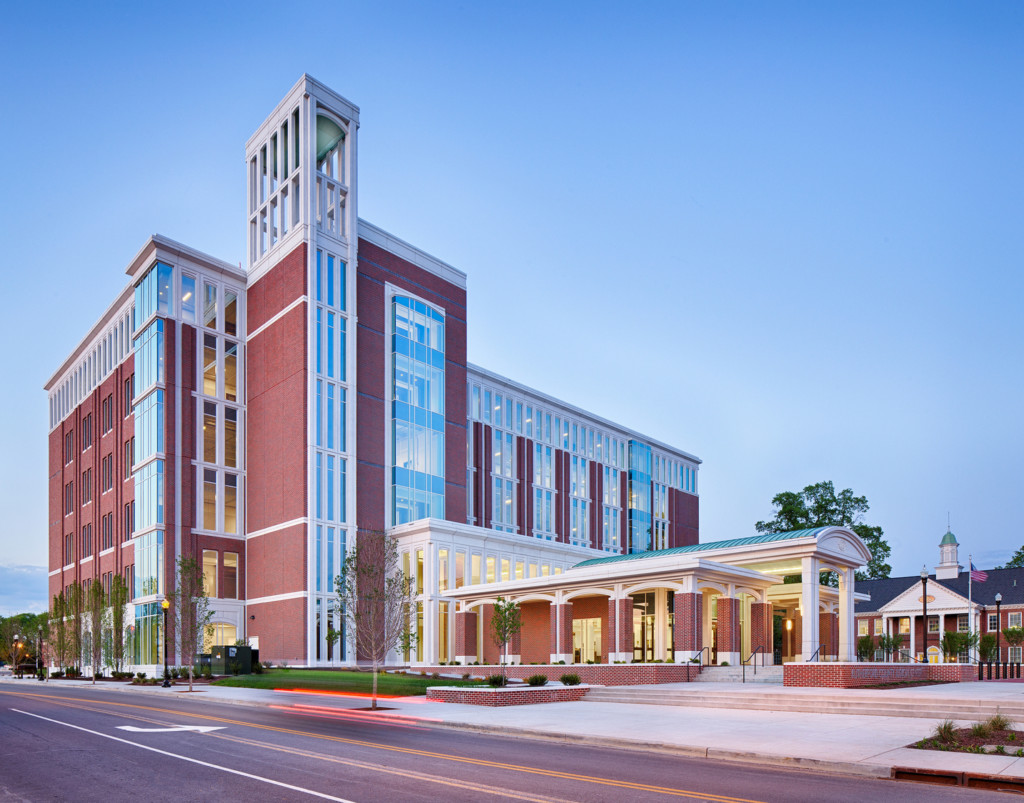
We’re also moving more and more into the cultural space with our projects, including our work on Tampa’s Straz Center for the Performing Arts, which is the sixth largest performing arts center in the U.S. It’s located on the Tampa Riverwalk, which is one of those great, new pedestrian trail corridors where people want to walk, bike and scoot. Projects like the Straz Center help us to engage in the community in the richest possible way. Our work in the civic space, which is the heart of the community, is also evolving, building on projects like Rutherford County Judicial Center in Murfreesboro, Tennessee.
We’re also excited that one of our longstanding clients is taking us to Denver, Colorado, for a multifamily project, which has been a catalyst for Gresham Smith opening a Denver office—our first office in the Western United States. In addition, one of our largest workplace clients is taking us to Seattle to work on a 500,000-square-foot office project, further extending our geographical reach into the Western U.S. market. So, we’re expanding our borders, and it’s because our clients are taking us there.
